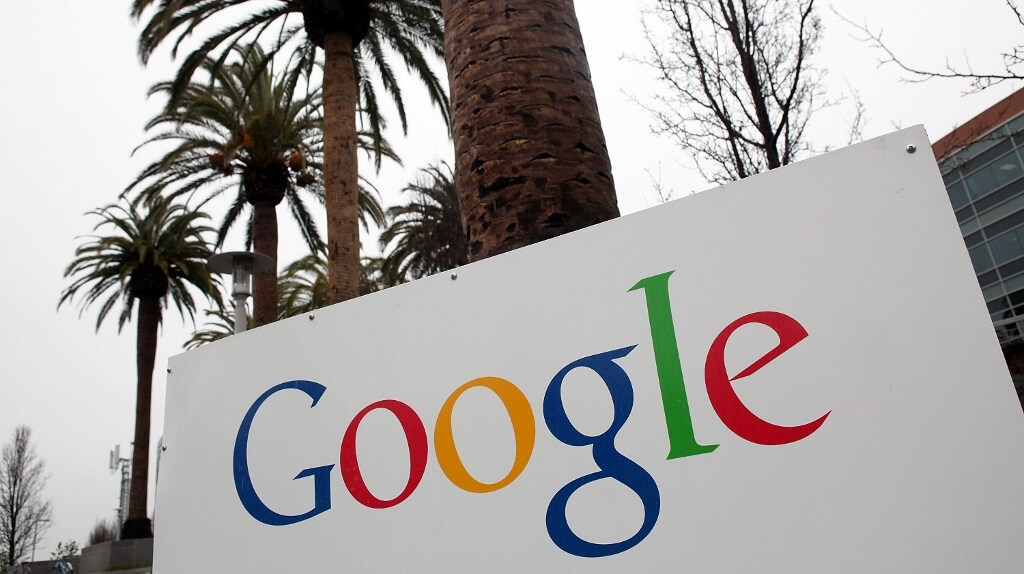Social media is an important tool helping entrepreneurs sell their products and expertise, but too many of us obsess about follows and likes. Here's how it should be done.
Stop Chasing Likes And Start Growing Sales
Social media is an important tool helping entrepreneurs sell their products and expertise, but too many of us obsess about follows and likes. Here's how it should be done.

Whether you’re an entrepreneur who’s bootstrapping a new venture or a Fortune 500 board member, by now you’ve come to understand that social media is an important part of your marketing mix.
But statistically speaking you’re more likely to be counting likes and retweets in an effort to get your message out than you are to be leveraging “social” as a strategic lead generation and sales driver. And in doing so you’re potentially missing out on a serious growth opportunity while leaving fertile hunting ground open to your rivals. To wit:
- 72% of buyers use social media to research before making a purchase.
- Decision-makers consume five pieces of content before being ready to speak to a sales rep.
- Sales reps who respond quickly to trigger events via social media see an up-to 9.5% increase in annual revenue.
And it’s time to drop the perception that “social” is all about consumer brands:
- 77% of B2B buyers do not talk with a salesperson until after they had performed independent research.
All told, with the transparency, depth of information and supercharged word of mouth that social media has brought, up to 60% or more of the sales process has already taken place before a prospective customer even calls you.
Social media, social channels, social behavior have all changed consumer and B2B buying habits, irreparably disrupting traditional lead gen and sales cycles. The traditional funnel approach we love so well has given way to a more transparent, buyer-driven process of discovery and research.
Most sales journeys today begin not with a direct response email from the seller, but with a Google search by the buyer, and lead gen has dramatically shifted from predominantly outbound to significantly inbound.
While lead gen has traditionally been the kind of cost-and time-intensive undertaking that gives advantages to bigger players, the beauty of social selling is that it can be effective at almost any scale, if you do it right.
Simply defined, social selling is the process of using social media tools and techniques to hypercharge the development and growth of relationships as part of the sales process. Far from yet another buzzword, social selling is already established as potentially providing significant qualified lead and sales boosts to its early practitioners.
Getting started with social selling
There are three basic steps to getting started with social selling, and there’s a lot that can be achieved with relatively little effort. The steps involve orienting your current social profile toward social selling, taking a sales-oriented approach to network building and then defining and deploying your own personal social selling content strategy. Today we’ll look at the first one of those, your social selling profile.
Optimise your profile for social selling
When’s the last time you walked into a sales meeting in your yachting outfit? Or carrying a bottle of Bolly with your wingman on your arm? So, knowing that your sales prospects are very possibly checking out your LinkedIn profile or Twitter page before contacting you, why would you use a Facebook profile pic – or worse – to generate your first impression among a prospective client?
If a prospect has come to your LinkedIn page, they’re looking for reassurance, expertise and most of all, some indication that you look after your clients. They’re less likely to be reassured by your claims to be a “client revenue maximizer,” than they would be that you’ve made your career by helping make your clients successful.
LinkedIn is used by the vast majority of its users to look for a job, or at least to remain passively on the market. Which is great, except when you’re not looking for a job anymore, but building a business, looking for new customers, clients and leads.
Get started with social selling with these simple changes to your LinkedIn profile:
Professional Profile Photo
Keep away from the golf course, beach, disco, Thailand shots, but don’t err on the side of over formal (unless that’s standard for your industry). The best bet is one that represents how you’d like to appear meeting a new prospect in person. Professional, but approachable, for example. Thinking of skipping the photo altogether? LinkedIn says profiles with photos are 11 times more likely to be opened.
Customer-focused Job Title
Your LinkedIn headline will be the second thing most visitors see. Avoid making it about your job title, and more about your story, your proposition, your brand. Instead of “Head of IoT Sales” something more like “Helping clients leverage the IoT opportunity.”
This pivots from a generic title to one that speaks to a specific client need that will engage – it will also have you showing up in more quality search results. At all costs avoid titles like “Guru,” “Disruptor in Chief,” “Head Storyteller,” and don’t be one of the 18k+ LinkedIn users who describe themselves as some kind of “Genius.”
Hokey and obscure titles tend to turn off prospects, not least of all because they have trouble getting a quick read on what it is you do. For a great take on titles, see this thought piece from Jim Diorio on LinkedIn.
Benefit-based Summary
If your headline is your topline proposition, your summary is the story that lets engage more deeply with people who have sought you out. Keep it short, no more than three short paragraphs. Sprinkle the summary with the kinds of keywords you want people to find you with.
If your summary is currently a long list of personal and professional accomplishments, rewrite it to put the focus on what you’ve achieved for your clients / customers. Remember your prospects are far more interested in what you can do for them than they are in what you’ve done for the company or yourself.
Try using the third paragraph as a call to action, inviting people to get in touch if they’d like to know more.
There are other small tweaks that will help transform your LinkedIn profile from passive candidate page to an active selling page. For example, changing your contact email address to your company address from your private address signals that you’re here to sell, not to seek.
The second piece in this series looks at the other two key social selling moves: sales-oriented social networking and developing personal content strategy - enjoy.
Thanks for signing up to Minutehack alerts.
Brilliant editorials heading your way soon.
Okay, Thanks!




